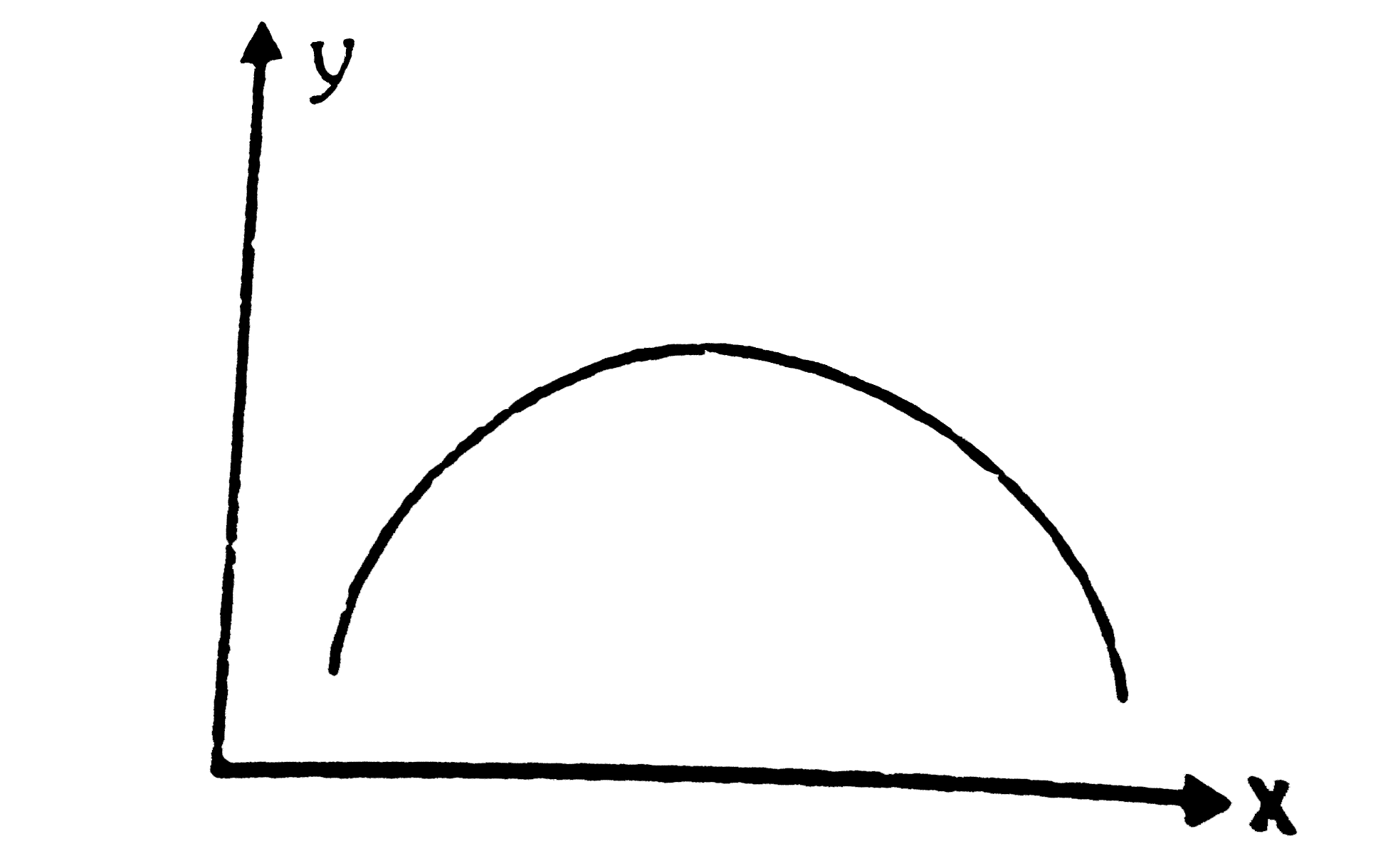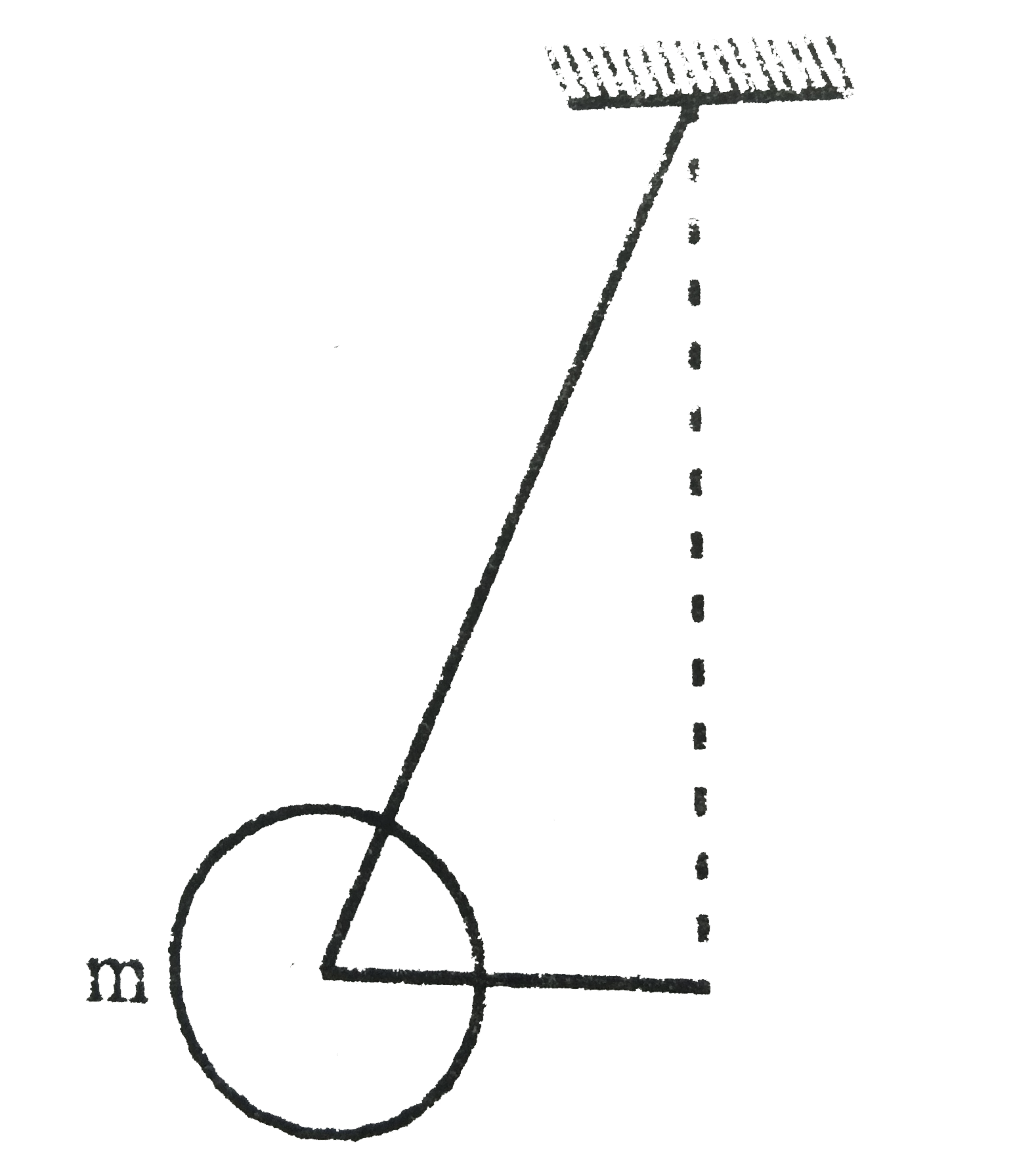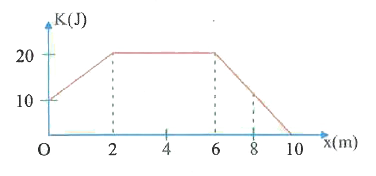The kinetic energy of a particle of mass m moving with speed v is given by . If the kinetic energy of a particle moving along x-axis varies with x as , then The region in which particle lies is : Solution in Gujrati
The correct Answer is:D
Topper's Solved these Questions
- BASIC MATHSBOOK - ALLEN CHAPTER - BASIC MATHSEXERCISE - Comprehension 2
3 Videos
- BASIC MATHSBOOK - ALLEN CHAPTER - BASIC MATHSEXERCISE - Comprehension 3
3 Videos
- BASIC MATHSBOOK - ALLEN CHAPTER - BASIC MATHSEXERCISE - ASSERTION-REASON
11 Videos
- AIIMS 2019BOOK - ALLEN CHAPTER - AIIMS 2019EXERCISE - PHYSICS
39 Videos
- CIRCULAR MOTIONBOOK - ALLEN CHAPTER - CIRCULAR MOTIONEXERCISE - EXERCISE (J-A)
6 Videos
Similar Questions
Two particle A and B are moving in XY-plane. Their positions vary with time t according to relation
xA(t)=3t,xB(t)=6
yA(t)=t,yB(t)=2+3t2
The distance between two particle at t=1 is :
View SolutionMagnitude of slope of the shown graph.

View Solutionif|→A×→B|=|→A.→B∣∣, then angle between →A and →B will be
View SolutionA simple pendulum executing SHM in a straight line has zero velocity at 'A' and 'B' whose distances form 'O' in the same line OAB are 'a' and 'b'. If the velocity half wat between them is 'v' then its time period is
View SolutionA ball of mass (m)0.5kg is attached to the end of a string having length (L)0.5m. The ball is rotated on a horizontal circular path about vertical axis. The maximum tension that the string can bear is 324N. The maximum possible value of angular velocity of ball (radian/s) is -
 .
.
View SolutionThe potential energy of a particle of mass m free to move along the x-axis is given by U=(1//2)kx^2 for xlt0 and U=0 for xge0 (x denotes the x-coordinate of the particle and k is a positive constant). If the total mechanical energy of the particle is E, then its speed at x=-sqrt(2E//k) is
View SolutionA particle moves on x-axis such that its KE varies as a relation KE=3t2 then the average kinetic energy of a particle in 0 to 2 sec is given by :
View SolutionThe potential energy of a 1kg particle free to move along the x-axis is given by V(x)=(x44−x22)J The total mechanical energy of the particle is 2J then the maximum speed (∈m/s) is
View SolutionThe kinetic energy of a particle moving along x-axis varies with the distance x of the particle from origin as K=A+x3Bx1/4+C .Write the dimensional formula for A2B
View SolutionThe kinetic energy K of a particle moving along x axis varies with its position (x) as shown in the figure. The magnitude of force acting on particle at x = 9 m is -
View SolutionThe potential energy ‘V’ of a particle moving along the positive x-direction in a conservative force field varies as shown in the figure. The total energy is E=2. Draw the corresponding kinetic energy K vs x graph.
View SolutionThe kinetic energy K of a particle moving along x - axis varies its position (x) as shown in figure.

The magnitude of force acting on particle at x = 9m is
View SolutionThe kinetic energy K of a particle moving along x - axis varies with its position (x) as shown in figure The magnitude of force acting on particle at x = 9 mis
View SolutionThe potential energy of a 1kg particle free to move along x-axis is given by V(x)=(x44−x22)J. The total mechanical energy of the particle is 2J. Then, the maximum speed (in m/s) is :
View Solutionचाल v से गतिशील द्रव्यमान m वाले कण की गतिज ऊर्जा K=12mv2 से दी जाती है। यदि x- अक्ष के अनुदिश गति कर रहे कण की गतिज ऊर्जा x के साथ K(x)=9−x2 के अनुसार परिवर्तित हो रही हो, तो कण किस क्षेत्र में मिलेगा
View SolutionThe potential energy of a particle of mass 2kg moving along the x-axis is given by U(x)=4x2−2x3( where U is in joules and x is in meters). The kinetic energy of the particle is maximum at
View Solution
